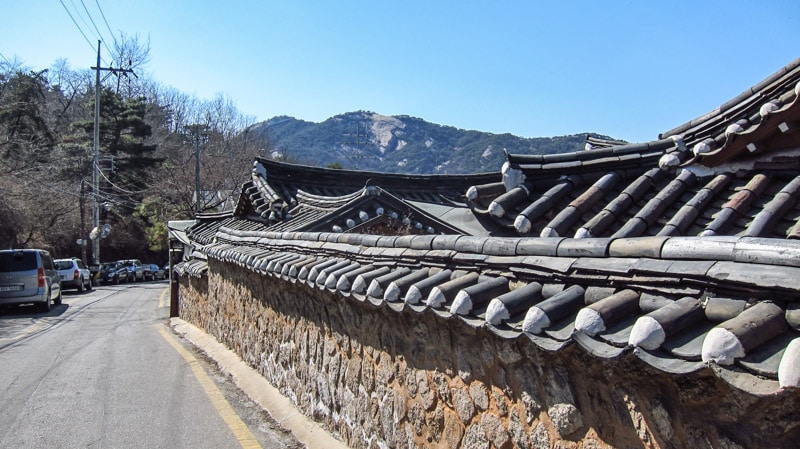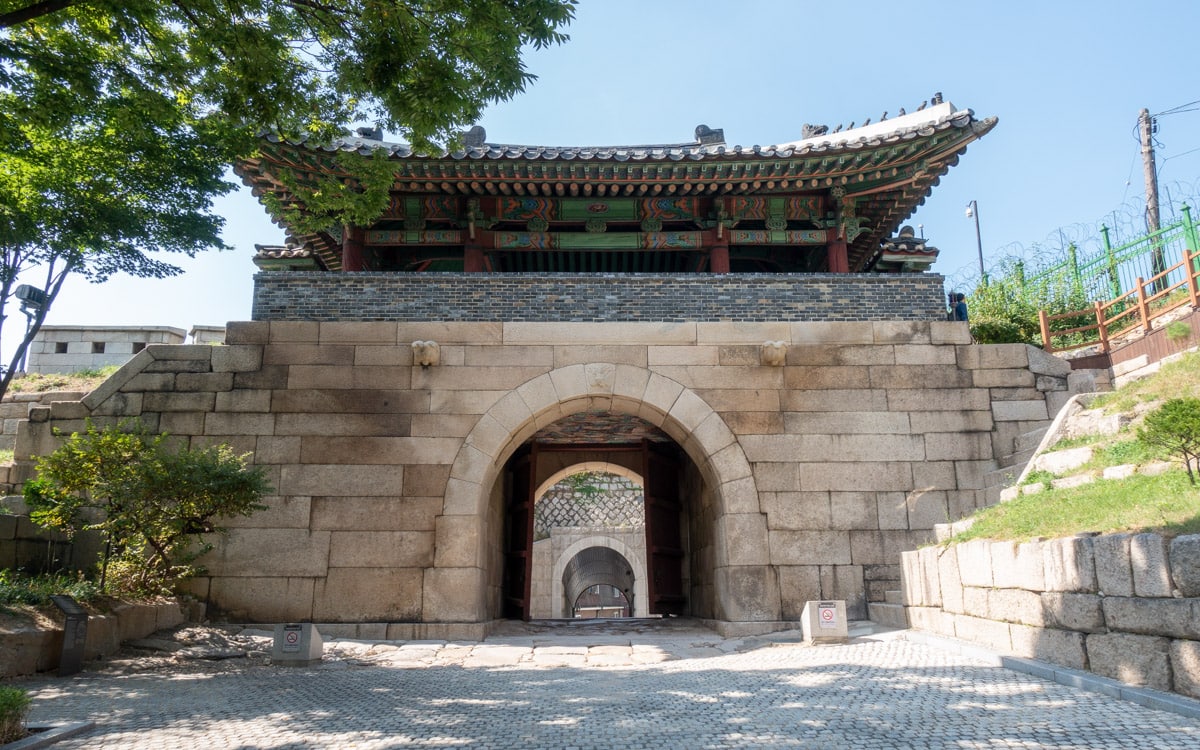
Changuimun Gate, located in northern Seoul, is one of the Four Small Gates of Seoul Fortress. In the past, the gate has also been known as Jahamun and Buksosomun. Construction started in 1396 during the beginning years of the Joseon Dynasty.
Built north of the city, Changuimun became a major link between the city and areas to the north. The Joseon Dynasty built this gate with the purpose of protecting the capital city, known then as Hanyang.
Changuimun was constructed using granite and features an arched entrance. The original wooden gatehouse was destroyed by a fire during the Japanese invasion of Korea in 1592, also known as the Imjin War.
The gate was rebuilt almost 150 years later in 1740 and is now one of the oldest remaining gates in Seoul.
Today, visitors can walk through the passageway to view each side of the gate and are allowed to take the stairs up to the gatehouse. In the past, access to the gatehouse was not allowed. Access may change at any time.
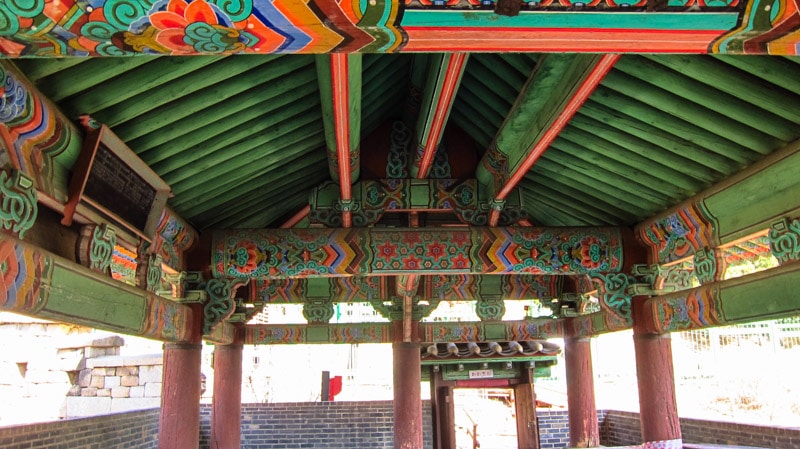
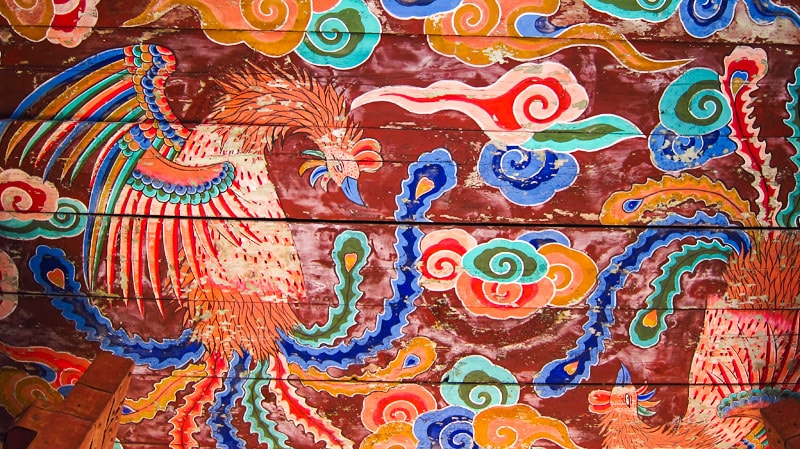
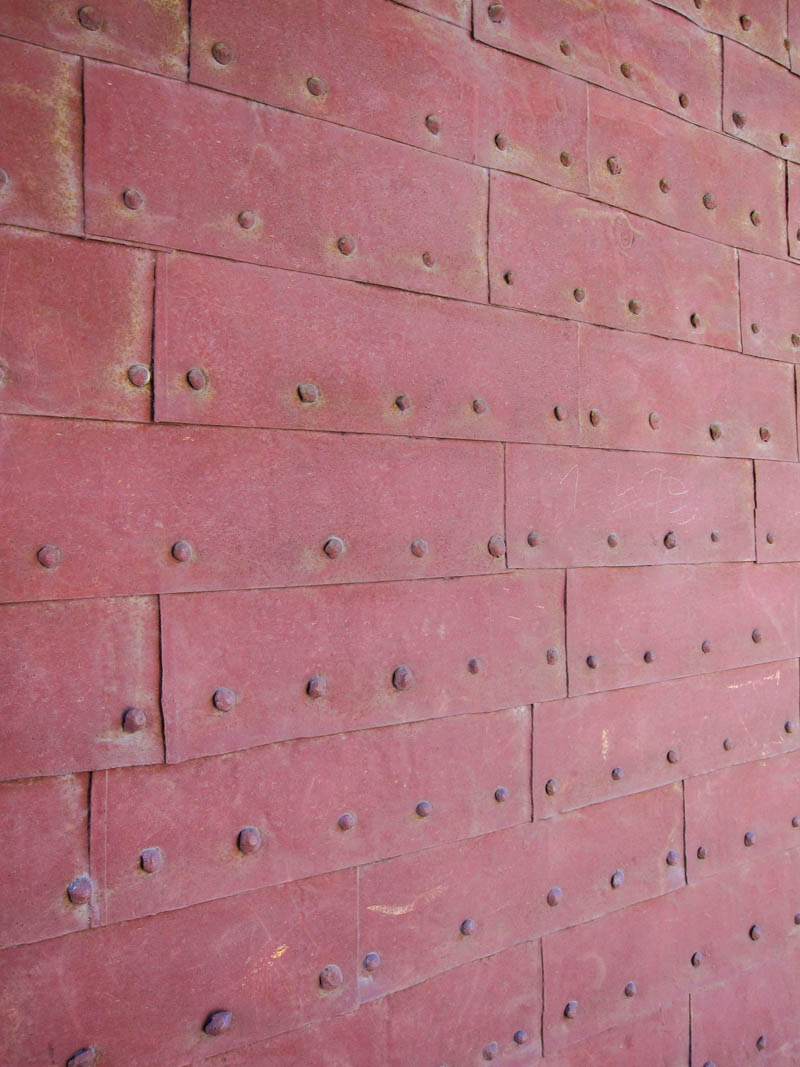
Changuimun Gate (Jahamun Gate) Information
Hours
24 hours
Admission
Free
How to Get Here
Take Subway Line 1 to Jonggak Station (Exit 3).From here, take city bus 7022 at Jeil Bank to Jahamun Tunnel.
Map
Nearby Sights
Yoon Dong-ju Literature Museum
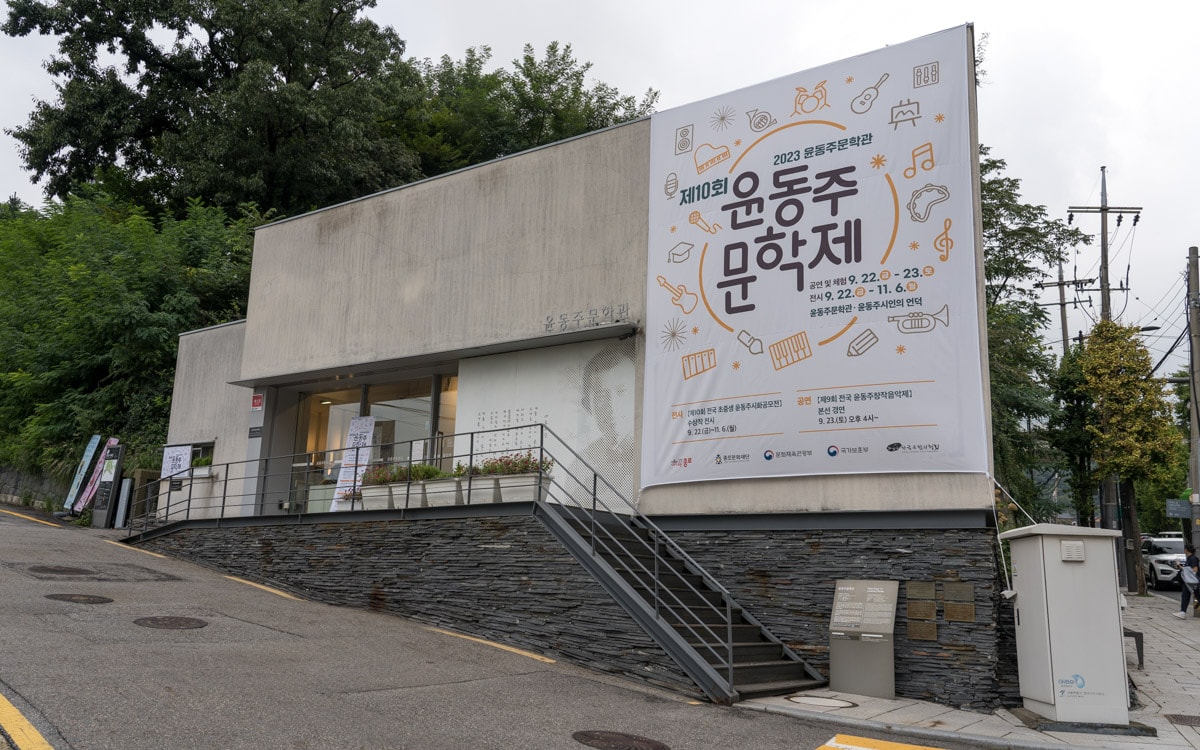
The Yoon Dong-ju Literature Museum is dedicated to Yoon Dong-ju, one of Korea’s most beloved poets. Yoon’s extensive collection of over 100 poems, including ‘Sky, Wind, Stars, and Poem,’ was profoundly influenced and shaped by the colonial rule that prevailed during his lifetime.
Cheong Wa Dae (Blue House)
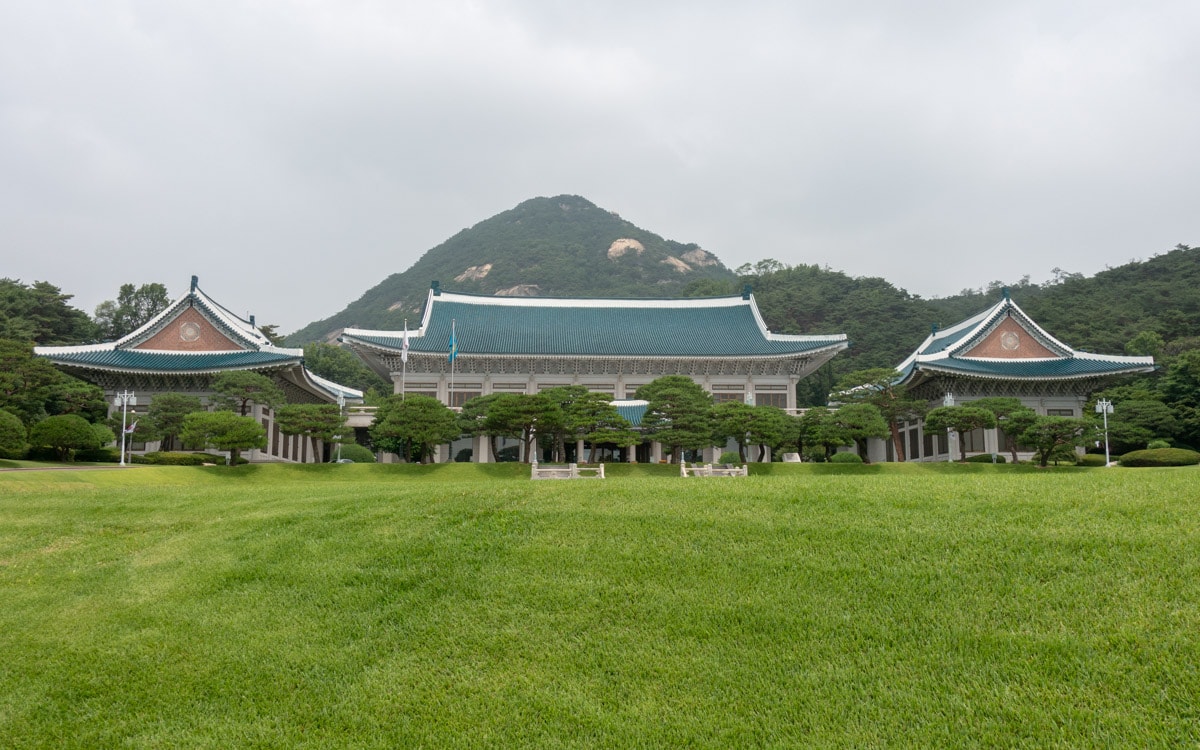
Cheong Wa Dae, or Blue House, is the official residence of the President of the Republic of Korea. It was built with traditional Korean architectural styles. The name comes from the translation of Cheong Wa Dae which means "pavilion of blue tiles."
Sukjeongmun Gate
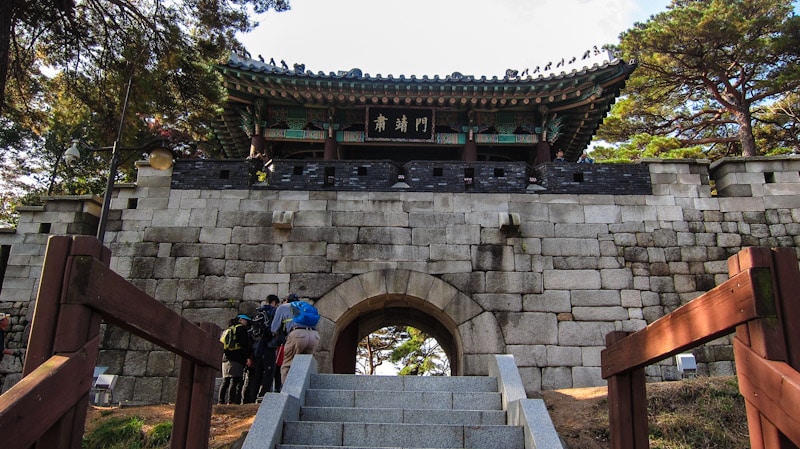
Sukjeongmun Gate is the most northern of the Four Main Gates of Seoul Fortress. It is also known as Bukdaemun, literally meaning North Big Gate. When originally built in 1396, it was known as Sukcheongmun. In the 16th century, it was renamed to Sukjeongmun, which means Rule Solemnly Gate.
Tongin Market
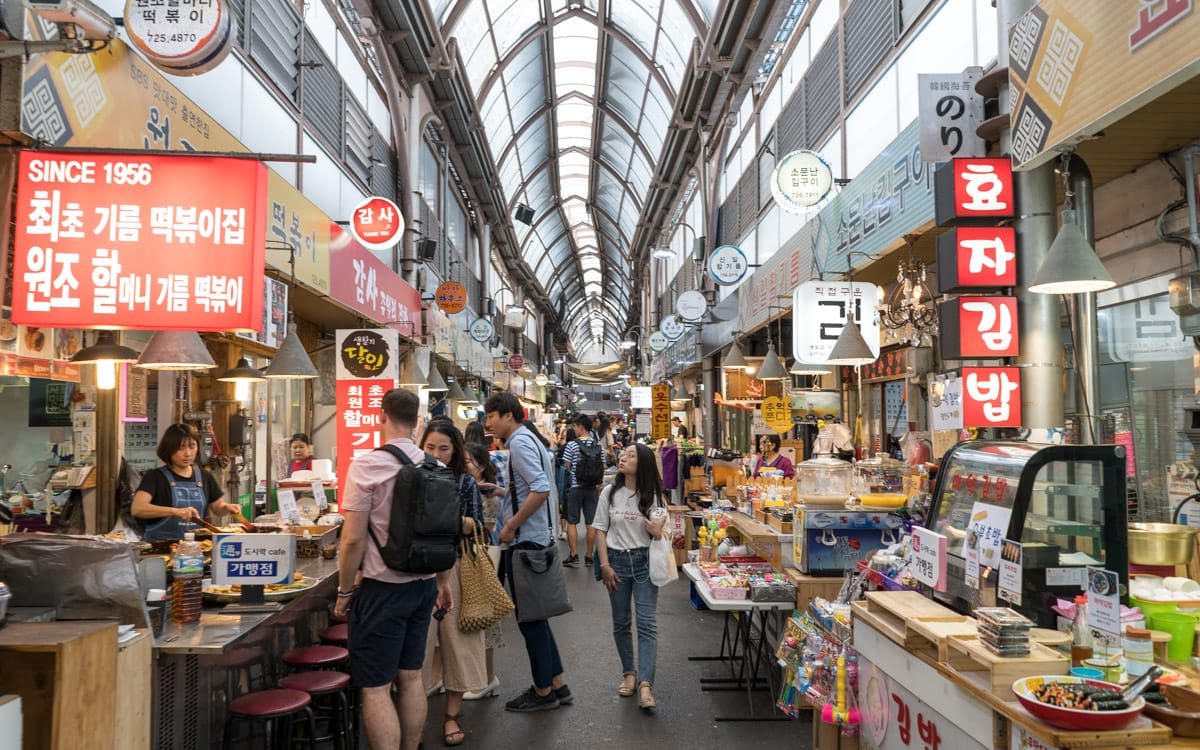
Tongin Market is a traditional market located west of Gyeongbokgung Palace and Seochon Village. The compact market features about 80 different shops along a 200 meter covered alleyway. In addition to restaurants and banchan shops, the market also features Korean street food stalls along with vendors selling a range of fresh produce such as vegetables, fruits, fish, and meat.
Samcheong-dong
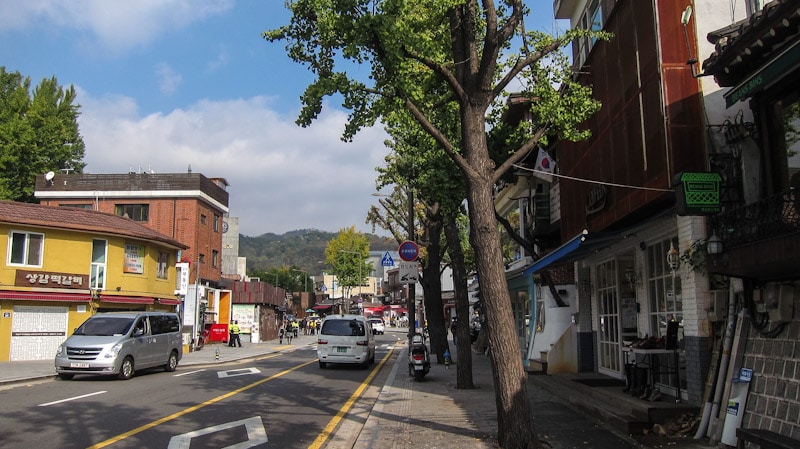
Samcheongdong is a trendy and upscale neighborhood of Seoul that lies in a scenic area just east of Gyeongbokgung Palace and Cheong Wa Dae (Blue House). This youthful neighborhood is named after the clean and beautiful water, mountains, and residents in the area.
Additional Resources
Viator by TripAdvisor
Viator is a popular online platform that helps travelers book tours, activities, and unique experiences worldwide, including in Seoul. It connects users with a wide selection of options – from sightseeing tours to cultural events and outdoor adventures – all offered by local providers.
Book Recommendations
For an immersive guide to Seoul, many travelers choose to bring a book along. Fodor's Seoul, for example, offers detailed recommendations on sights, restaurants, maps, and travel tips.
Learn more about book recommendations
Rakuten
Save money while exploring Seoul with Rakuten's cashback program. Book your hotels or other services through Rakuten and enjoy cashback rewards and exclusive deals.
If you sign up using the link below, you could earn $30 cashback on your first purchase over $30.
Klook
Klook offers discounted tickets and reservations for various attractions and services in Seoul, from theme parks and museums to tours and transportation options.
If you sign up using the link below, you will get $5 off your first order.
Last Updated on Dec 24, 2021
